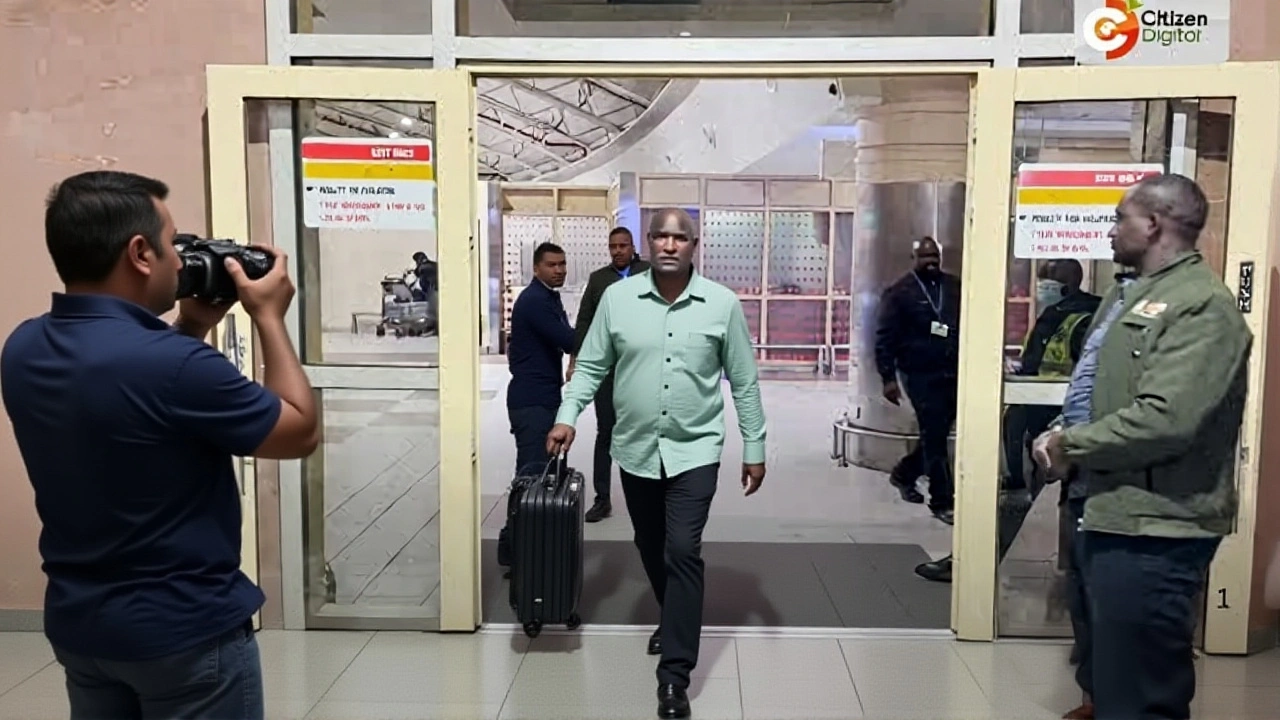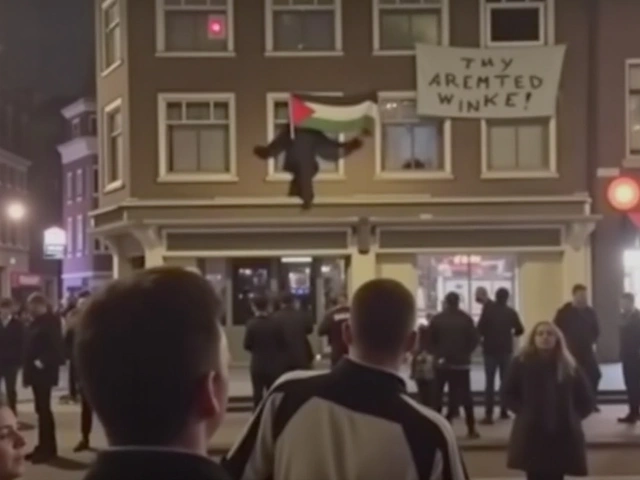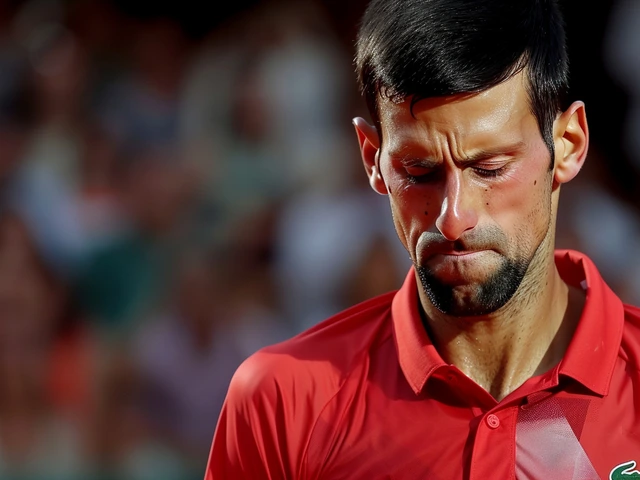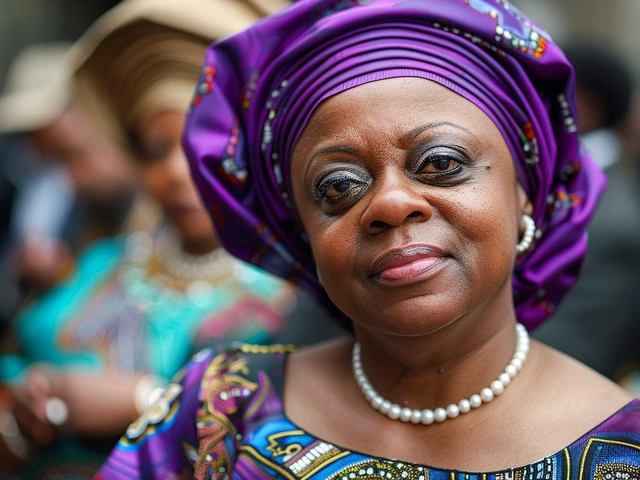State funeral
When you hear the term State funeral, a formal ceremony held by a nation to honor a deceased head of state or other eminent figure. Also called a national funeral, it blends grief, tradition and political symbolism. The State funeral isn’t just a single event; it’s a series of rituals that signal respect, unity and continuity for the whole country.
Key parts of a state funeral
One of the first concepts tied to a state funeral is national mourning, the period when flags are lowered and media pause regular programming to acknowledge the loss. During this time, schools, government offices and public institutions often observe moments of silence. Another core element is ceremonial protocol, the detailed set of steps that guide everything from the procession route to the order of speeches. These protocols ensure every part of the ceremony runs smoothly, respects cultural customs, and conveys the right message to citizens. In many countries, the protocol also includes a presidential burial, the final interment of the leader, often at a historic mausoleum or a national cemetery, which becomes a lasting site of memory.
Behind the scenes, military honors, the presence of armed forces that provide guard duties, gun salutes and a ceremonial escort give the event a solemn, disciplined feel. The military’s role reflects the state's respect for the leader’s service and the nation's defense. Think of it this way: a state funeral encompasses national mourning, it requires military honors, and ceremonial protocol influences the planning of every detail. These connections create a clear line from the public’s grief to the official showcase of respect. Whether it’s a leader who shaped policy, a cultural icon celebrated by many, or a figure whose death sparked worldwide attention, the structure stays similar: a period of mourning, a strict protocol, and the presence of the armed forces.
By the end of this guide you’ll see how these pieces fit together and why each matters. Below you’ll find articles that dive into recent state funerals, compare how different nations handle the ceremony, and break down the logistics that bring everything to life. Ready to discover the ins and outs of this powerful national tradition? Let’s explore the stories and details that follow.

John Mbadi Cuts Washington Trip to Join Raila Odinga’s State Funeral
Kenya’s Treasury chief John Mbadi returned from Washington to attend former Prime Minister Raila Odinga’s state funeral, prompting political recalibrations.




